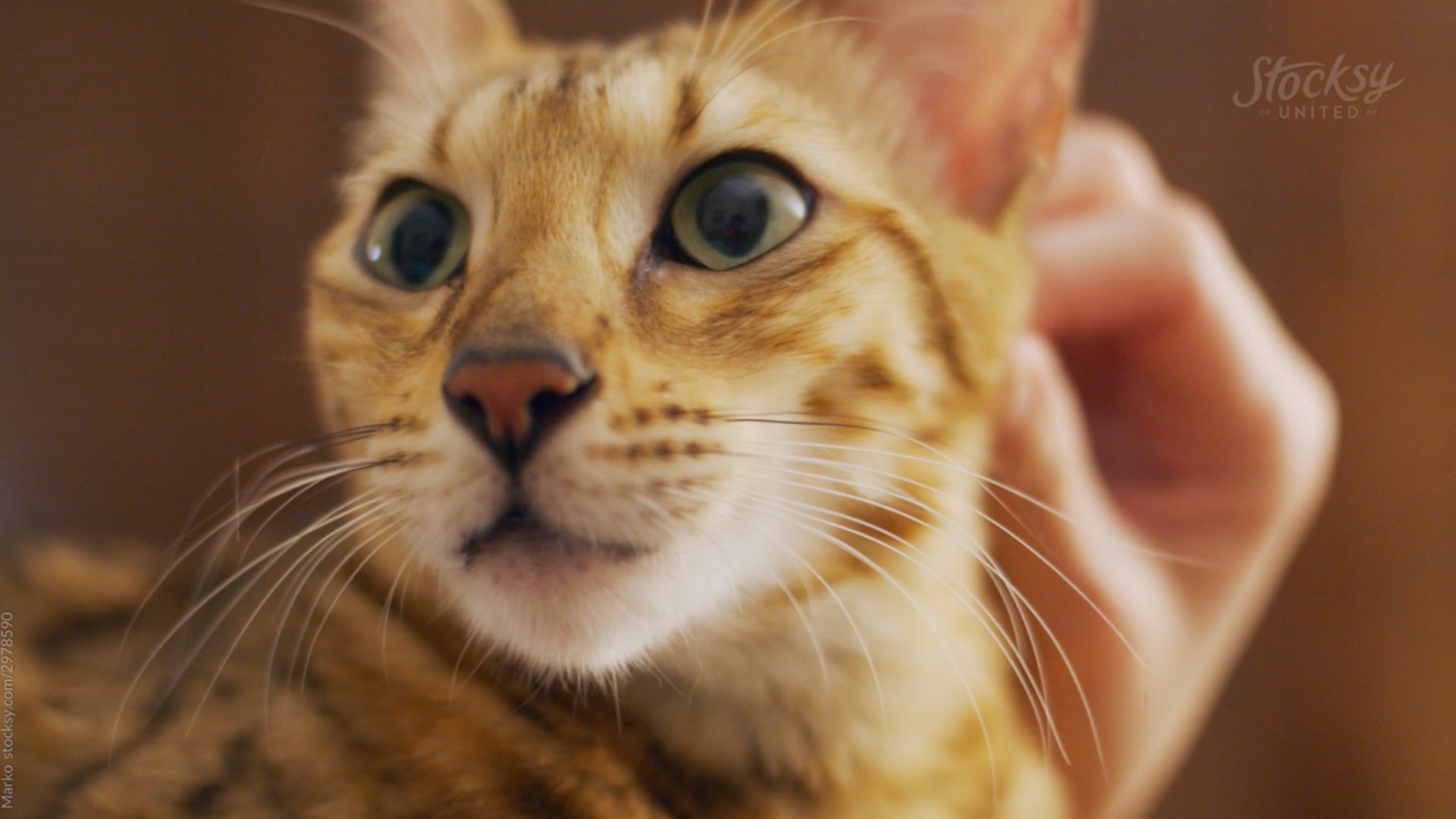As a cat owner, it’s important to know how to care for your cat’s wounds to ensure proper healing and prevent infection. Whether your cat has a small scratch or a deeper wound, here’s a general guide to help you manage their care:
1. Assess the Wound:
- Minor wounds: Small cuts, scrapes, or punctures may be treatable at home. Note, some puncture wounds (from cat fights) can be hard to see and often lead to infection.
- Major wounds: If the wound is large, deep, gaping, or there’s significant bleeding, it’s important to seek veterinary care immediately.
- Signs of infection: Redness, swelling, pus, soreness, or an unpleasant odor are signs of infection, which require veterinary attention.
2. Control Bleeding:
- For small cuts, apply gentle pressure with a clean cloth or sterile gauze to stop the bleeding.
- For larger wounds, use a bandage to apply pressure. If bleeding doesn’t stop after 10-15 minutes, seek veterinary care.
3. Clean the Wound:
- Gently rinse the wound with a mild antiseptic solution like saline or a vet-approved wound cleanser. Avoid using hydrogen peroxide or alcohol, as these can irritate and damage healthy tissue.
- Be careful when cleaning the wound to avoid causing pain or stress to your cat. You may want to have someone help hold your cat gently or wrap them in a towel to keep them still.
5. Treat the Wound:
- Many wounds can be treated effectively with a topical antimicrobial product. Make sure you use a product that is proven and endorsed by veterinarians to ensure it is safe and effective. Be sure to select a product whose ingredients are safe for the cat to ingest. Some natural products, such as medical grade Mānuka honey, are a safe, non-antibiotic solution that will yield extremely good results.
- Larger, and more complicated wounds, which may require specialist treatment such as stitching or debriding, should be referred to your veterinarian.
4. Apply a Bandage:
- For some wounds, especially those on the cat's limbs or body, you may need to cover them with a sterile dressing or bandage to protect the area.
- Avoid wrapping the bandage too tightly as this can restrict blood flow. Change the bandage regularly, and ensure the wound remains clean and dry.
5. Prevent Licking or Biting:
- Cats may lick or bite at their wounds, which can introduce bacteria and delay healing. Look for products that have a bitter taste to help deter licking. Use an Elizabethan collar (cone) or a recovery suit to prevent your cat from reaching the area.
- If the wound is on your cat’s face, you can ask your vet for alternatives, like a soft cone, to ensure comfort while preventing self-trauma.
6. Monitor the Wound:
- Keep a close eye on the wound to check for signs of infection, such as increased swelling, discharge, or heat.
- Healing timeline: Minor wounds typically start to heal within a few days, but if the wound is not healing or seems to worsen, contact your vet.
7. Veterinary Care:
- If the wound doesn’t seem to heal after a few days, or if you notice any concerning signs (like excessive redness or discharge), it’s important to consult your vet.
- Your vet may need to prescribe antibiotics or pain relief, and if the wound is large or deep, your cat may require stitches or professional wound care.
8. Tetanus Concerns:
- Although cats are less likely to contract tetanus compared to horses or other animals, it’s still something to keep in mind if the wound is caused by a dirty or rusted object. If in doubt, seek veterinary advice about the need for a tetanus booster.
Wound care is essential for your cat’s health and comfort, and while many minor injuries can be treated at home, never hesitate to contact your vet if you’re unsure about the severity of a wound or if complications arise. With proper care, your cat’s wound can heal safely, allowing them to get back to their normal activities.


